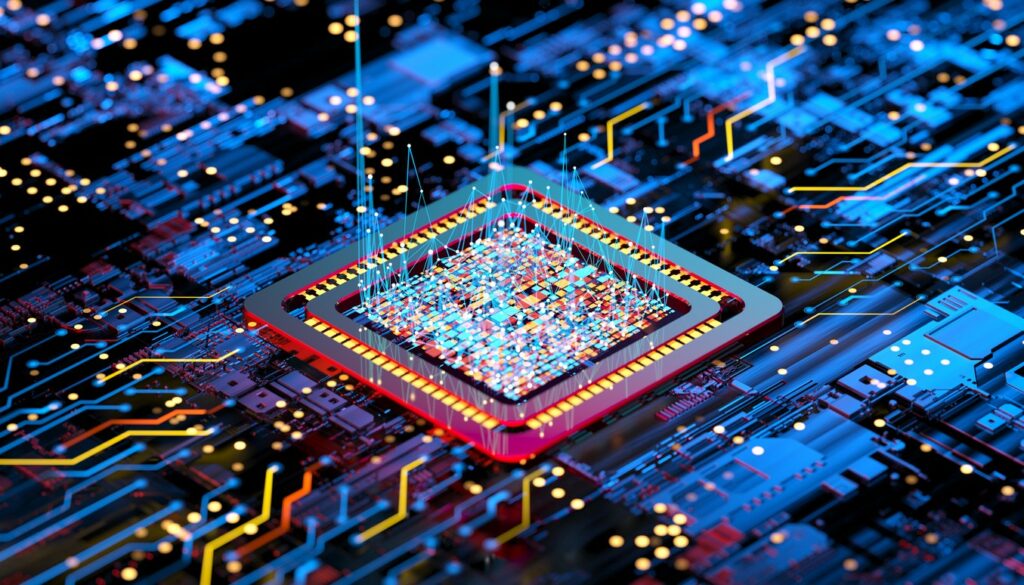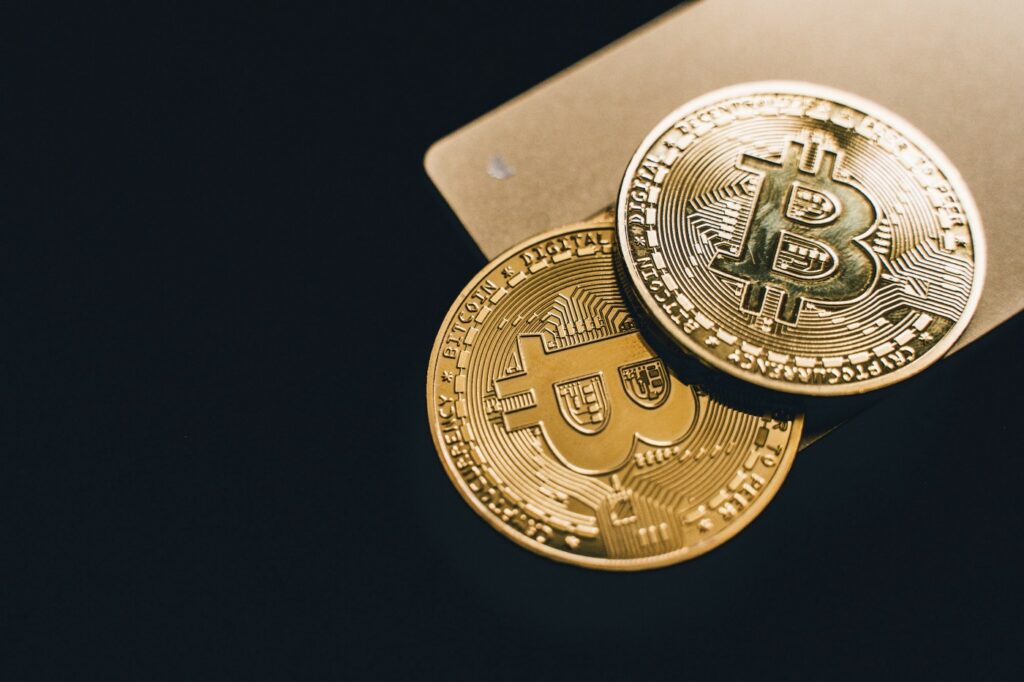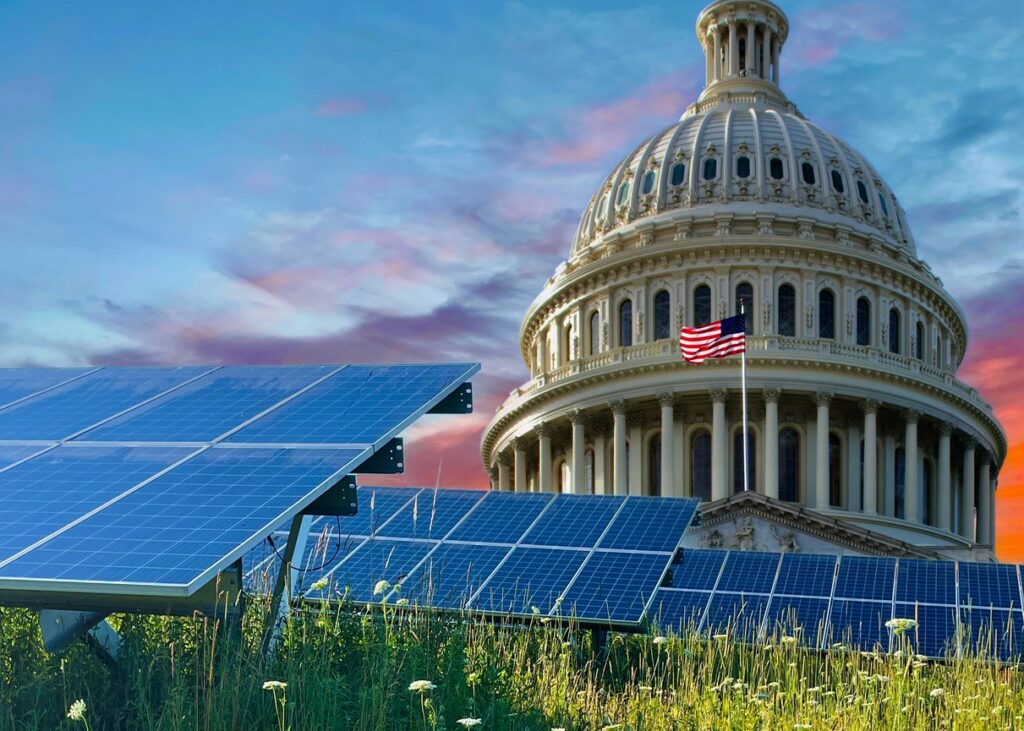By John Belizaire, CEO
In his recent appearance on Episode 26 of Soluna’s The Kingdom Podcast, Dr. Andrew Chien of the University of Chicago provided a fascinating timeline for ZCCloud. Speaking with Soluna’s CEO John Belizaire and VP of Corporate Development Phillip Ng, Dr. Chien explained the origins of his vital research and ZCCloud’s aim to reduce the carbon footprint of cloud storage and applications.
Dr. Chien’s story starts as a mechanical tinkerer whose interest in computing didn’t begin until college. His chance freshman year drop-in on an electrifying MIT programming lecture sent him on an unexpected trajectory. Chien got a degree in Electrical Engineering, followed by a Master’s and Ph.D. in computer science.
Fast forward to 2005–2010 when Dr. Chien has risen to the role of Vice President, Research at Intel Corporation, leading long-range and disruptive technologies research there. “My portfolio was computers, computer systems, data centers,” Dr. Chien recalls. “I like to do fundamental technology, but I’ve always been interested in how academic research meets real practice and changes the arc of society.
“We were engaged in what you might call the purest research that you would find in a big corporation like that,” he continues. “My portfolio included disruptive technology — we were trying to anticipate radical new uses, and we actually anticipated many of the mobile, smartphone, and health applications that are widespread today. The other side of what I did there was focused heavily on a series of efforts in large-scale computing, both around high-speed, high-performance computing, but also what came to be known as cloud computing which was just emerging at the time.”
A Timely Talk
Just as Dr. Chien’s life took a turn from an MIT lecture, it took yet another after a talk at the University of Chicago (U of C) in 2014. At that point, Dr. Chien was serving as the William Eckhardt Distinguished Service Professor in Computer Science, and founding Director of the CERES Center for Unstoppable Computing at the University of Chicago. The speaker that day was U of C alumnus Michael Polsky, founder of the successful sustainable energy venture Invenergy.
“He pointed out that one of the growing challenges in the renewable energy industry is curtailment,” Dr. Chien says. “That’s the problem of when the wind farms can generate electricity, but [due to various conditions] they aren’t being allowed to bring that energy into the grid. Even when they are, they don’t always get the prices that they would like — sometimes very low or significant negative prices. That caught my ear and sent me to begin learning about this renewable transformation that was happening to the power grid.”
Dr. Chien started to connect uncomfortable dots between computing and the environment. Although data centers’ proliferation is a nod to their prowess in running cloud applications at high nines reliability, such a sudden technological onrush can have negative impacts. To help minimize those bad side effects, Chien knew he must view computing as a duality, with both advantages and disadvantages.
“Computing adds so much to our lives,” Dr. Chien reflected on The Kingdom. “We can do podcasts, we can serve our fields, we can find out what our friends are doing, and then, of course, the big side of it is we can do discovery. We can optimize delivery and make sure we get our e-commerce products in an instant.”
“I served as the Editor in Chief of Communications of the ACM, which is the flagship publication of the world’s largest computing professional society. We get this wonderful broad view of computing, we’re constantly talking about all of the wonderful things computing is doing in the world, and it is an amazing amount of stuff. But I got to worrying a few years ago about some of the negative environmental impacts of computing, particularly around data centers and the climate change that they’re incurring because of their carbon emissions. And, of course, there’s E-waste and other concerns.”
Chien wrote an article to dramatize data centers’ yin and yang, pointing out what the pesticide DDT and computing have in common. “DDT is the signature catalyst for the environmental community,” he told Belizaire and Ng. “DDT had these negative impacts on avian life cycles and persistence in the environments, for instance. It was also a wonderful chemical for reducing pests, increasing crop yields, reducing malaria, and more.
“If you ask a chemist who’s a pesticide specialist they would have said, ‘No no no, DDT is such a wonderful thing.’ But it has negative impacts. Whether it’s chemicals or computing we want to maximize the good, but we also want to work to minimize the negative impacts. The more good there is the more use there is, therefore whatever negative impacts there are get magnified.”
The ZCCloud Gathers
Working with this comprehensive perspective, Dr. Chien started to see how key positive and negative components might converge to form a solution. ZCCloud started coalescing, converging the renewable energy curtailment problem and data centers’ continued growth in power consumption. The concept also considers the approaching end of Moore’s Law and Dennard scaling, related relationships that observe and project computer chip area, energy use, and performance.
“The more efficient you make something, the more people use it, which drives the rapid growth of computing,” he says. “Moore’s Law and Dennard scaling drive the growth of computing. I believe that in the developed world that you will be responsible for (the personal use of) several hundred computers right within your lifetime. What impact is that going to have on the larger environmental ecosystem?
“Because I spend most of my time thinking about large-scale systems, I gravitated to thinking about the impact of cloud computing. Cloud computing is the consolidation of enterprise and Internet computing all around the world. Ever since public clouds got started in the late 2000s, the growth of those clouds has been extraordinarily rapid, headed towards almost unimaginable growth and scale.”
Developing the Dispatchable
For Dr. Chien, an elegant solution is a dispatchable data center. In the ZCCloud philosophy, the primary user of renewable energy — data centers — are built right onsite with the power generation facility. Importantly, these data centers are dispatchable, meaning that their power demands can be adjusted up or down, designed as intermittent computing resources that can be flexible in their needs, with the ability to scale depending on the power available.
“We thought if we had a dispatchable data center,” Dr. Chien says, “we could actually accelerate renewable integration — that is the absorption of renewables into the power grid — to help with this climate problem. Because Moore’s Law was slowing down we could make the economics work, to make it feasible to have a dispatchable data center that you don’t operate 100% of the time. The unity of all three ideas is ZCCloud.”
Dr. Chien and his team also believe that data centers are the exact right tech to plug into this three-pronged solution. “If we use data centers to help solve this problem how are we helping?” he says. “The power consumption of data centers is large and growing. It’s a pretty significant amount, but it’s not the whole power grid, and it probably will never be the whole power grid. In some sense, the only way to solve this problem is to have the load ultimately conform to the supply that’s available, when it’s available, and the degree to which you can deviate from that. You have to make up for it with energy storage [batteries], or you have to make up for it with controllable dispatchable generation.
“It turns out that data centers fit into the category of adaptive load, and the question is, ‘Can I be enough of an adaptive load to make a difference for the power grid?’ The bigger the total data center consumption is, the more chance it has to make a difference, right. Models (of temporal load shifting) all show that you can get a reduced carbon footprint by doing these things.
“The reason that these kinds of things are possible is that while data centers like to talk about the fact that they’re busy all the time, in fact, they’re actually not busy all the time. There actually is inside of data centers some excess capacity at certain times a day, and some fluctuation and load. You can do some load shifting from a high carbon time of day in a power grid to another power grid, which is at a low carbon time of day, and thereby reduce the carbon footprint of the computing.”
Positive Progress
In yet another duality, Dr. Chien sees a win within the environment’s utter urgency to heal.
“People have come to terms with the fact that something real and substantial is happening, and that we need to take action on it,” he says. “I find that super encouraging. We’re beginning to see some of the cloud companies deploy some of these ideas, initial pilots for how to do load shifting during the day to try and reduce carbon footprint. Soluna and several other startups are trying to create new services that will be competitive and pull the large cloud companies in that direction.
“The cost-effective, green services that they’ll be able to provide will be attractive to customers, so there will be markets that can drive this. Rather than being framed as fighting the economics, I’m optimistic that it can be aligned with positive economics.”




